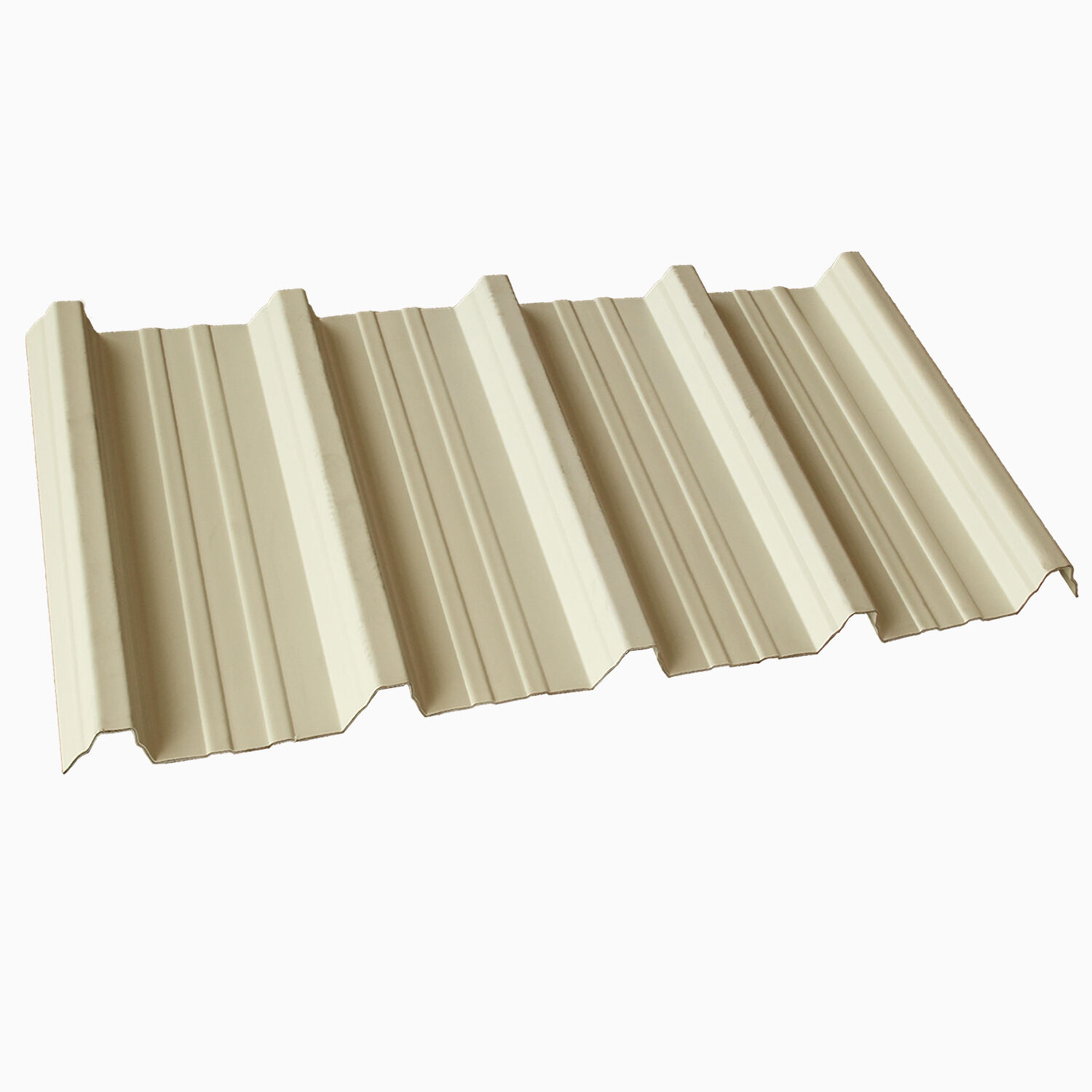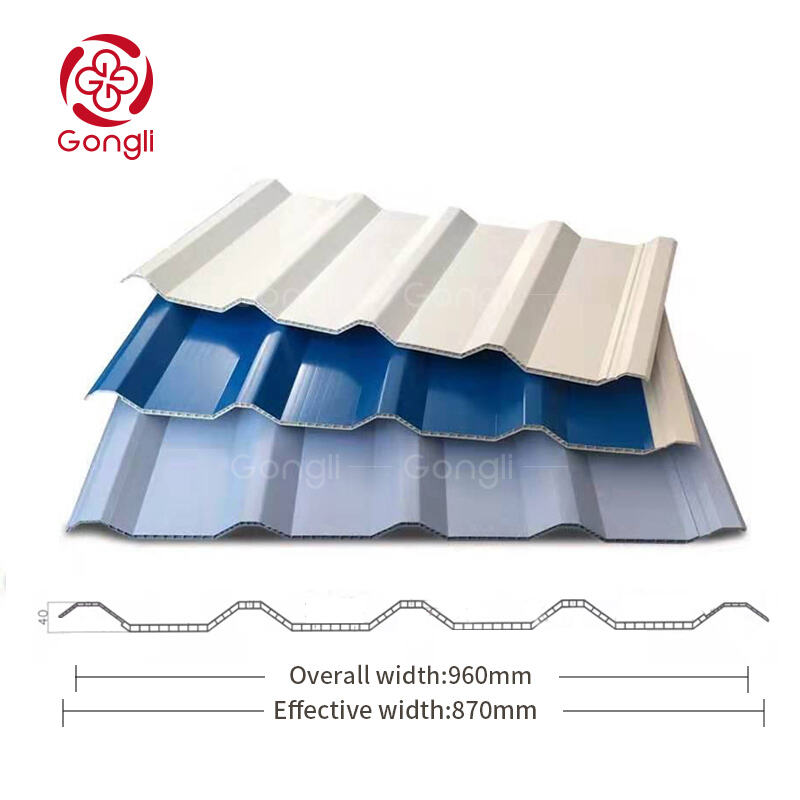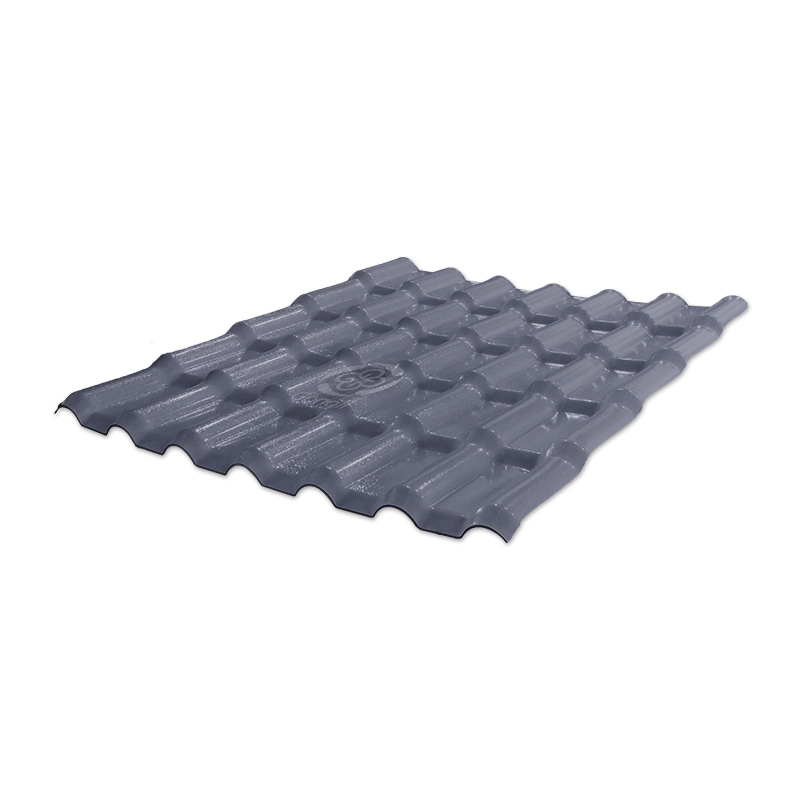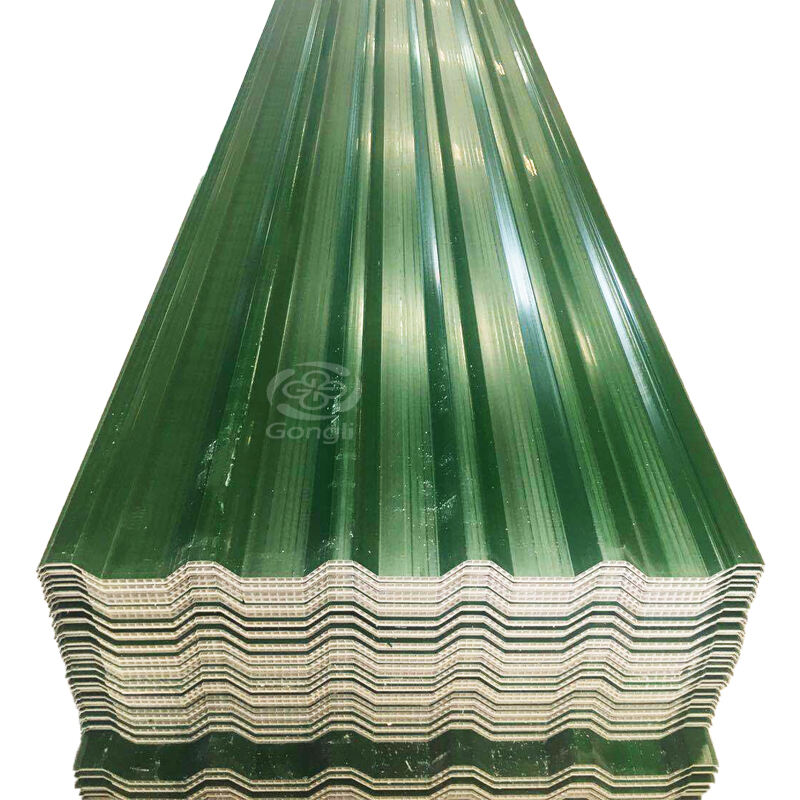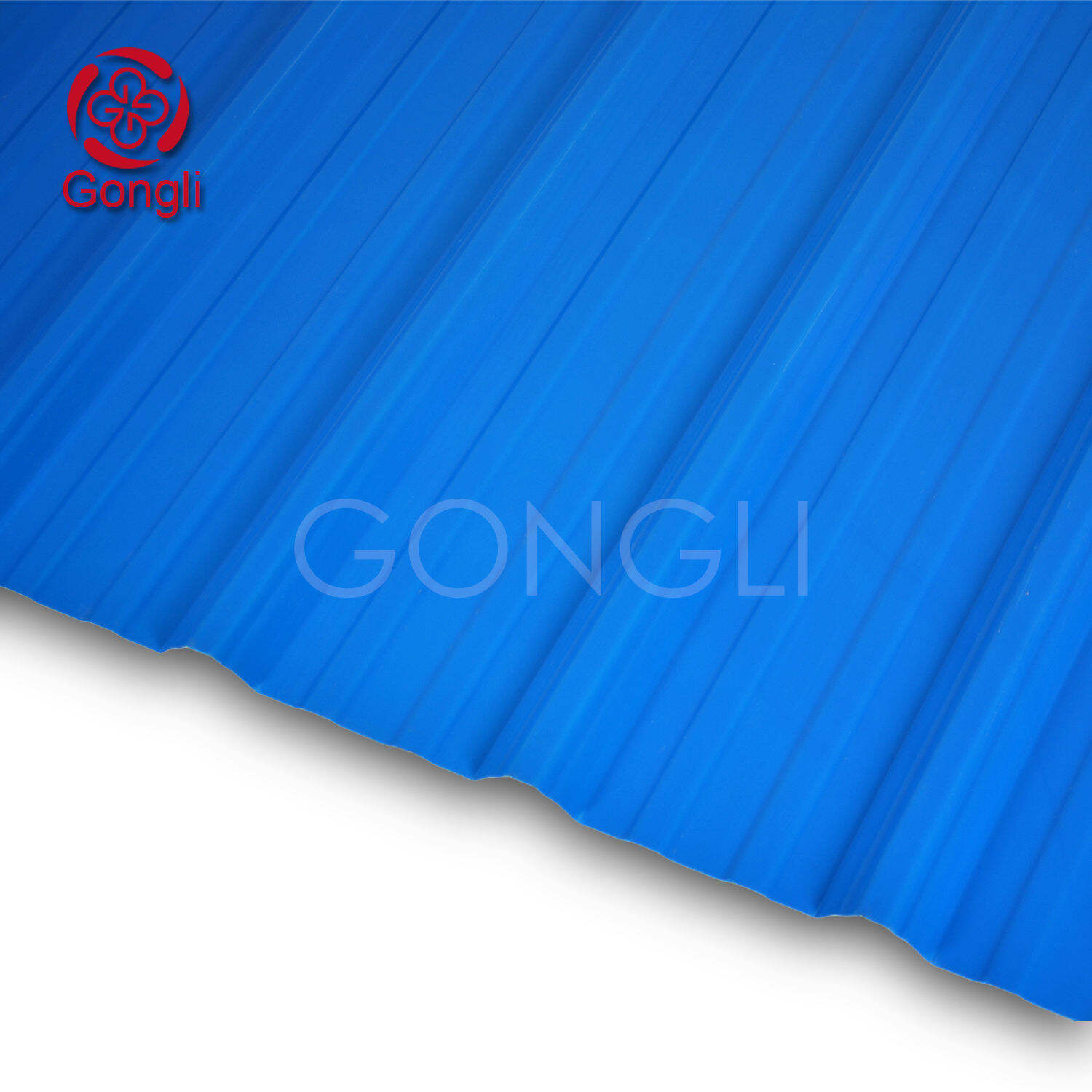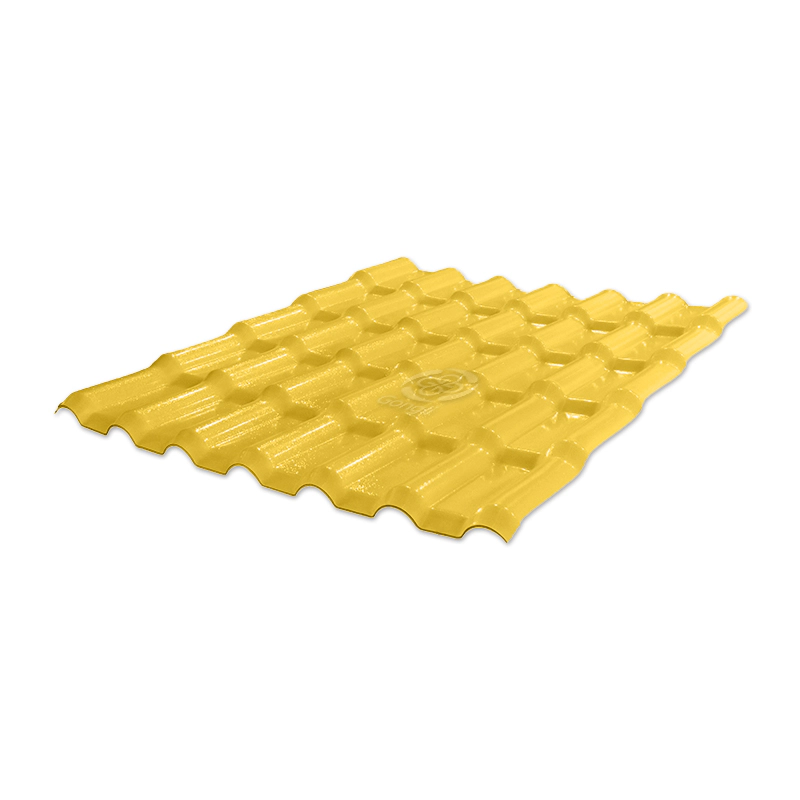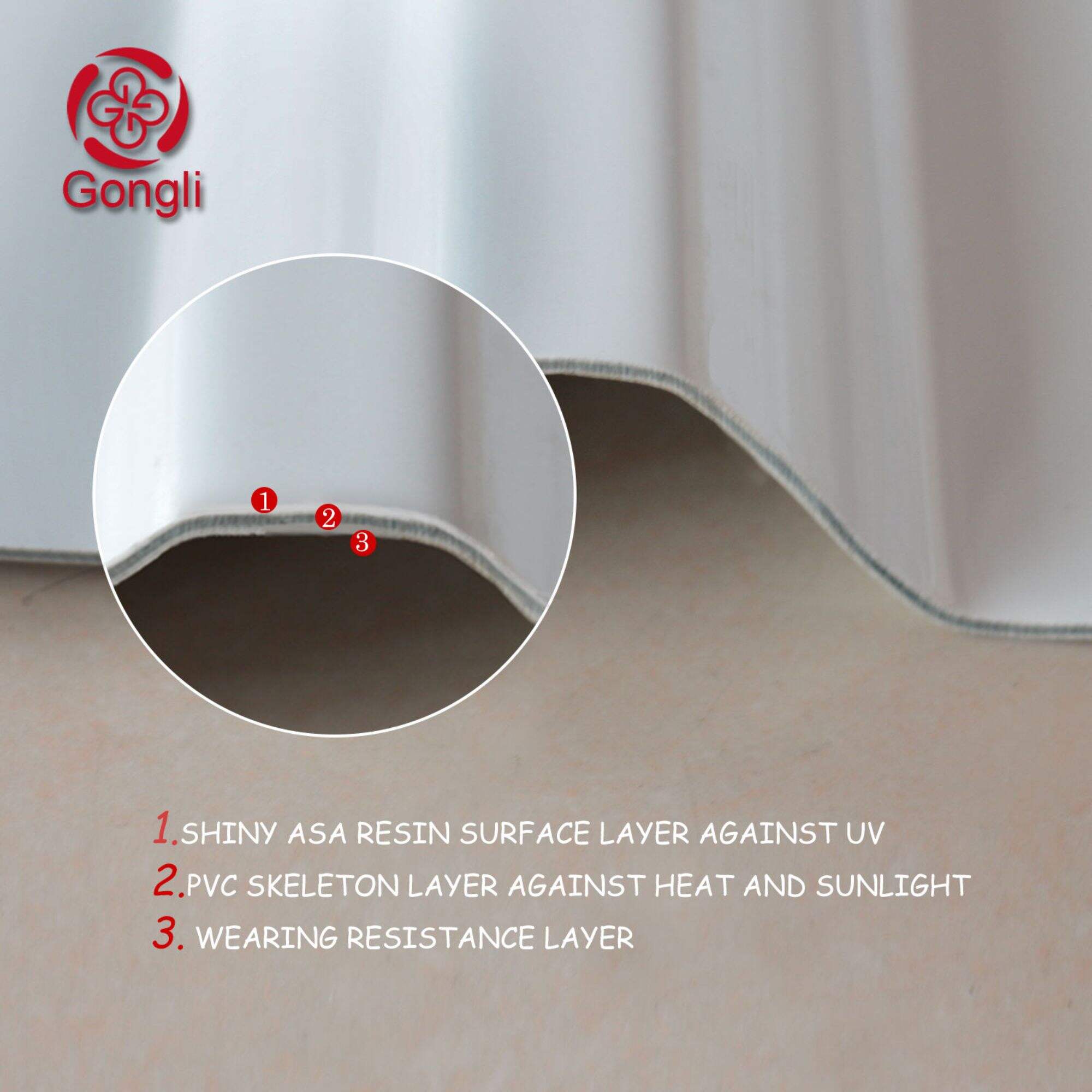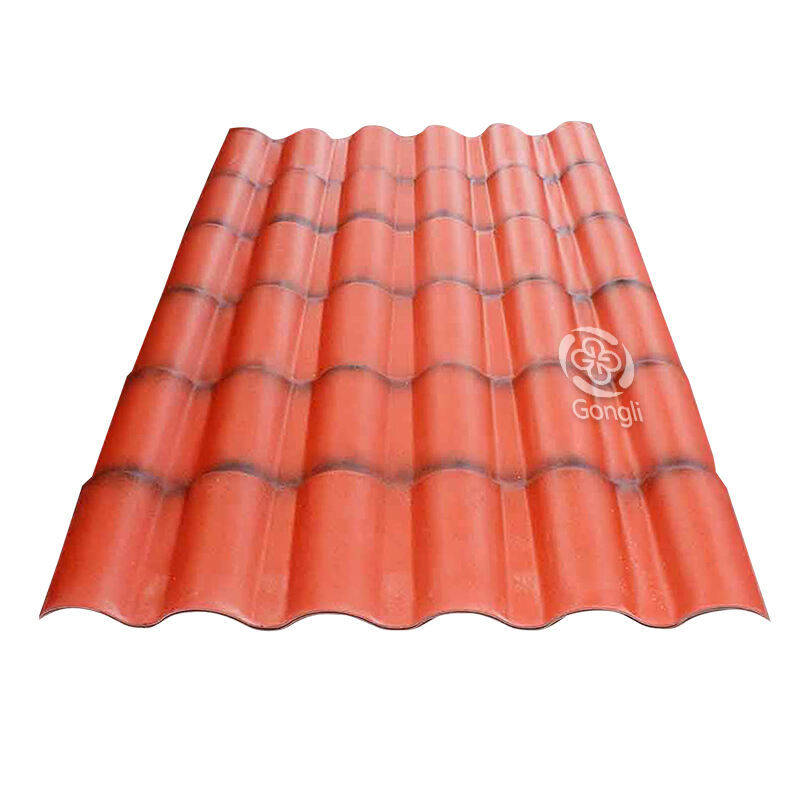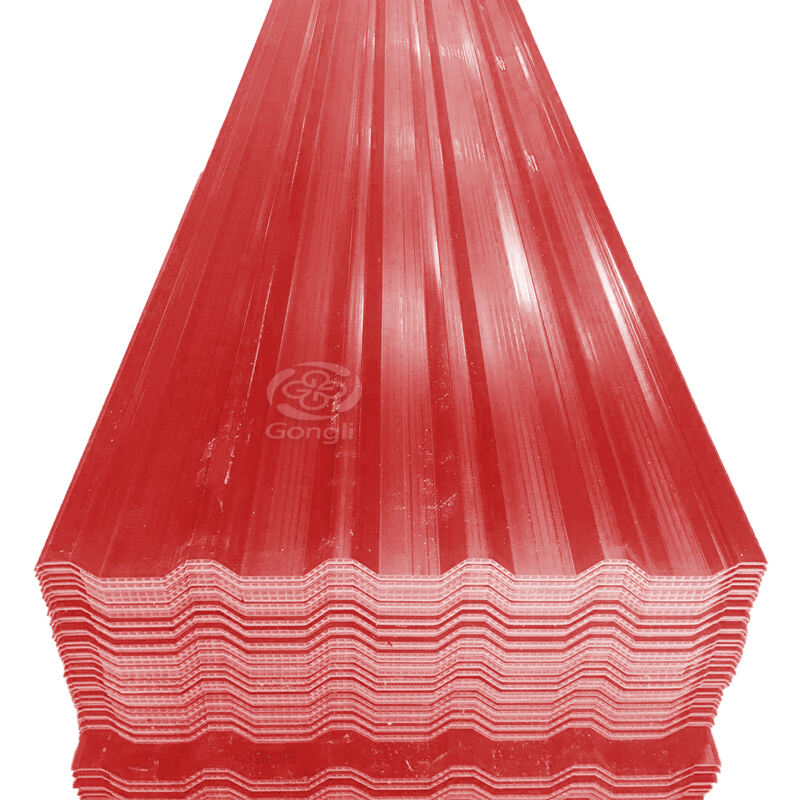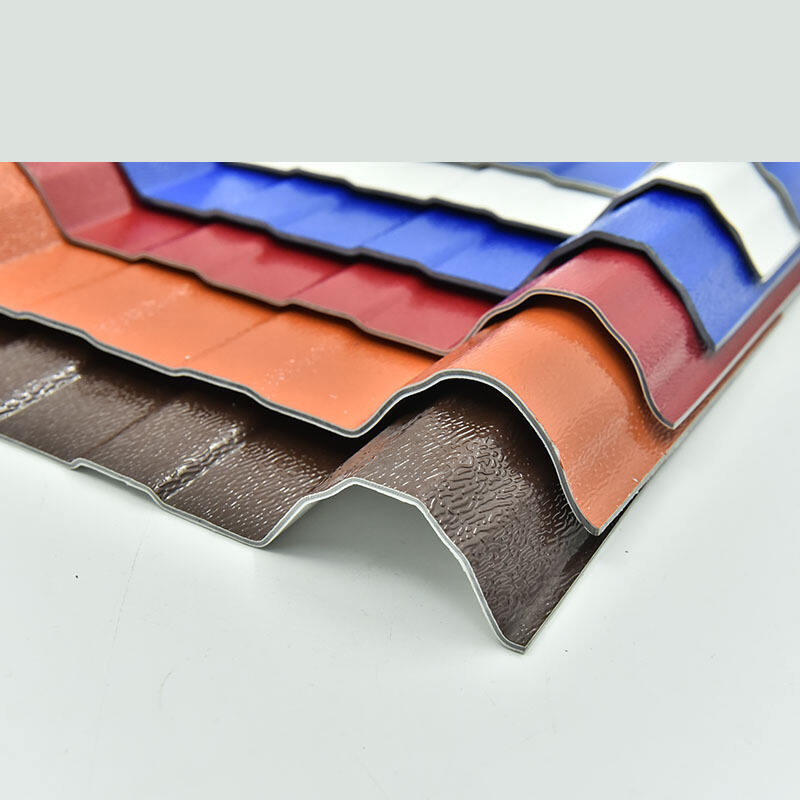Sustainable Building Practices with ASA Synthetic Resin Roof Tiles
Sustainable building is no longer a trend-it's a necessity. As homeowners and developers search for ways to shrink their carbon footprints, new materials keep popping up in the construction aisle. One eye-catching option is the ASA synthetic-resin roof tile, praised for its long life, good looks, and planet-friendly credentials. In this post, well break down what these tiles are, list their perks, and show how they fit into the wider world of green building.
What Are ASA Synthetic-Resin Roof Tiles?
When people talk about ASA synthetic-resin roof tiles, they are really naming a roof made mostly from an acrylonitrile-styrene-acrylate blend. That special mix is what gives the surface near-perfect weather resistance and a lifespan that can outlast many homes. Though the tiles imitate classic clay or slate roofs in color and profile, the performance story is almost always better. Because the tiles weigh much less than real stone, they cut down on extra load and let architects play freely with shape and style.
Environmental Benefits of ASA Roof Tiles
ASA synthetic resin roof tiles were designed with planet-friendly values in mind. They come from lean manufacturing steps that waste little raw material and use less power. When the roof finally reaches the end of its life, every tile can be recycled rather than sent to the landfill, easing pressure on dump sites. Because making ASA tiles takes fewer natural resources than old-school materials, builders protect forests and quarries while still meeting demand. On top of all that, the reflective surface of each tile helps keep homes cooler in summer, so heating and cooling bills drop.
Durability and Performance
Homeowners often pick ASA synthetic roof tiles because they simply last. The tough blend stands up to brutal storms, heavy snow loads, and nonstop UV rays. Where asphalt shingles crack, clay tiles chip, or wood shakes warp, ASA tiles stay smooth, bold in color, and firmly in place year after year. That kind of reliability cuts long-term upkeep to almost nothing; apart from an occasional rinse, many roofs never need touch-ups. In turn, a longer-lived roof eases strain on the budget and on the environment, because fewer raw materials are pulled from the ground to make replacements.
Aesthetic Versatility
When picking shingles for a new roof, looks matter. ASA synthetic-resin tiles shine in this department because they come in dozens of colors, shapes, and finishes. From a cozy bungalow to a sleek office block, these tiles can be tweaked to match whatever style the owner has in mind. That level of custom appearance makes it easy for builders and homeowners to create the look they want while still being kind to the planet.
Industry Trends and Future Outlook
The construction world is moving fast toward greener methods, and ASA roof tiles are riding that wave. People care more than ever about climate change, so requests for eco-friendly materials keep rising. On top of that, new production techniques promise even stronger tiles at lower prices, opening the door for more projects to use them. Taken together, these trends show that ASA tiles are a bold step forward: tough, beautiful, and easy on the environment.
Recommended Products
Hot News
-
How to choose the right roof tile
2024-01-24
-
PVC Plastic Tiles: The Ideal Roofing Material
2024-01-24
-
The Essentials of Synthetic Resin Tile Manufacturing
2024-01-24

 EN
EN
 AR
AR
 BG
BG
 HR
HR
 CS
CS
 DA
DA
 NL
NL
 FI
FI
 FR
FR
 DE
DE
 EL
EL
 HI
HI
 IT
IT
 JA
JA
 KO
KO
 NO
NO
 PL
PL
 PT
PT
 RO
RO
 RU
RU
 ES
ES
 TL
TL
 IW
IW
 ID
ID
 LT
LT
 VI
VI
 TH
TH
 TR
TR
 AF
AF
 MS
MS
 KM
KM
 LO
LO
 MY
MY

